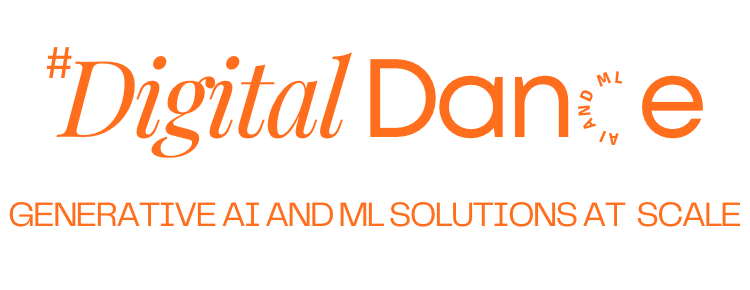Programme Digital Twin for Utilities & Transport
Pilot a Corridor in 8–12 Weeks. A programme-scale digital twin that surfaces risk early and stands up at board and regulator level. One "map of truth" for packages, progress and telemetry with scan-vs-BIM variance and predictive risk analytics.
Who It's For
⚡ Utilities
Water, energy, and telecoms operators managing complex infrastructure programmes
🚛 Transport Owners & Integrators
Highways, rail operators and transport infrastructure integrators
🏗️ Tier-1 Suppliers & Programme Controls
Tier-1 suppliers and programme controls teams managing large-scale projects
Outcomes You Can Expect
🔍 Earlier Risk Discovery
Scan-vs-BIM variance detection, telemetry overlays for proactive risk identification
⚡ Faster Board Cycles
Evidence-linked executive briefs accelerate decision-making processes
💰 Measurable Savings
Quantifiable savings in time, rework and inspection cycles
What You Get
🌐 Programme Portal
CesiumJS web app for packages, assets, progress and issues; optional Unreal Engine sessions for training and stakeholder reviews
📊 Data Ingestion
BIM/IFC/Revit, LiDAR/photogrammetry → OGC 3D Tiles (via Cesium ion or self-hosted tilers)
📡 Telemetry Layers
Environment, safety and asset signals with configurable thresholds
🤖 AI Add-ons
Scan-vs-BIM change detection; predictive asset/network risk (telemetry + weather + work orders); board-brief generator with citations
🔐 Security & Governance
RBAC, SSO, audit logs, private networking (VNets), DPIA & DPAs
How It Works (Delivery Phases)
Phase 1: Discovery (Weeks 1–2)
Select one corridor/plant/site; define OIR/AIR/EIR and LoIN; establish architecture on Azure (private endpoints, RBAC).
Phase 2: Twin Foundation (Weeks 3–6)
Ingest BIM/surveys; build package/zone overlays; configure issue/progress layers; enable SSO; add contextual Google Photorealistic 3D Tiles if needed.
Phase 3: AI & Analytics (Weeks 7–10)
Run Scan-vs-BIM variance; build predictive risk prototype; generate board brief with citations.
Phase 4: Hardening & Handover (Weeks 11–12)
Performance tuning, licensing/attribution checks, training, runbooks, UAT.
Timeline & Pricing Guidance
Pilot (Single Site or Corridor)
Complete pilot implementation delivered within 8–12 weeks, including discovery, twin foundation, AI & analytics, and hardening phases.
Investment Range
Typical investment: £120,000–£300,000 for pilot implementation. Scale-out pricing available with volume pricing by additional site/corridor.
Why It Works
🔧 Open Standards
Open standards (OGC 3D Tiles) and portable architecture (Azure + CesiumJS)
📋 Evidence-Based Reporting
Evidence-based reporting with citations to source data
🔒 Constrained Data Environments
Built for constrained data environments (VNets, private endpoints)
Frequently Asked Questions
Can we start without surveys?
Yes—begin with BIM and planning data, then add LiDAR/photogrammetry later.
What's the hardware requirement?
Standard enterprise laptops for the web portal; Unreal Engine sessions are optional and scheduled.
How do you measure success?
Targeted Key Performance Indicators (KPIs) such as mean time to detect deviations, inspection hit rate and governance cycle-time saved.
Get Your Programme Digital Twin Scoping Report
Unlock Your Free Programme Risk & Analytics Report
Valued at £2,000 — delivered within 48 hours
- Site/Corridor Data Assessment
- BIM & Telemetry Integration Analysis
- Custom Risk Detection Framework
- Board Brief & KPI Roadmap
